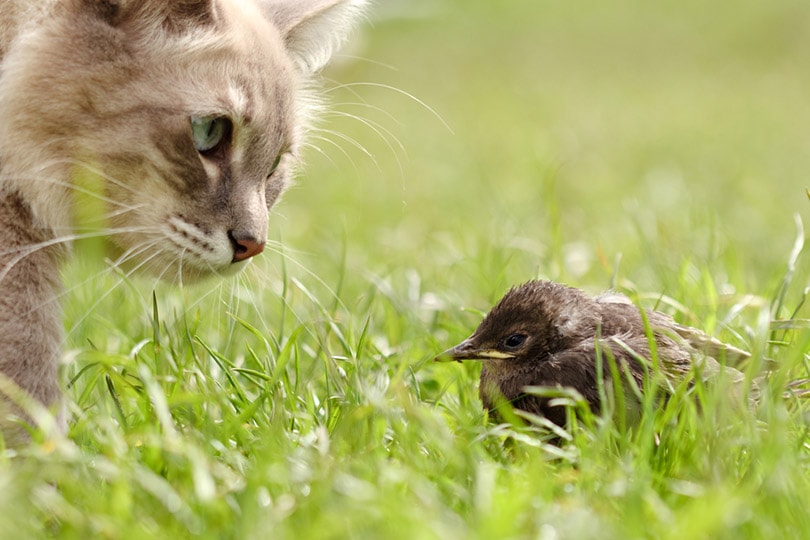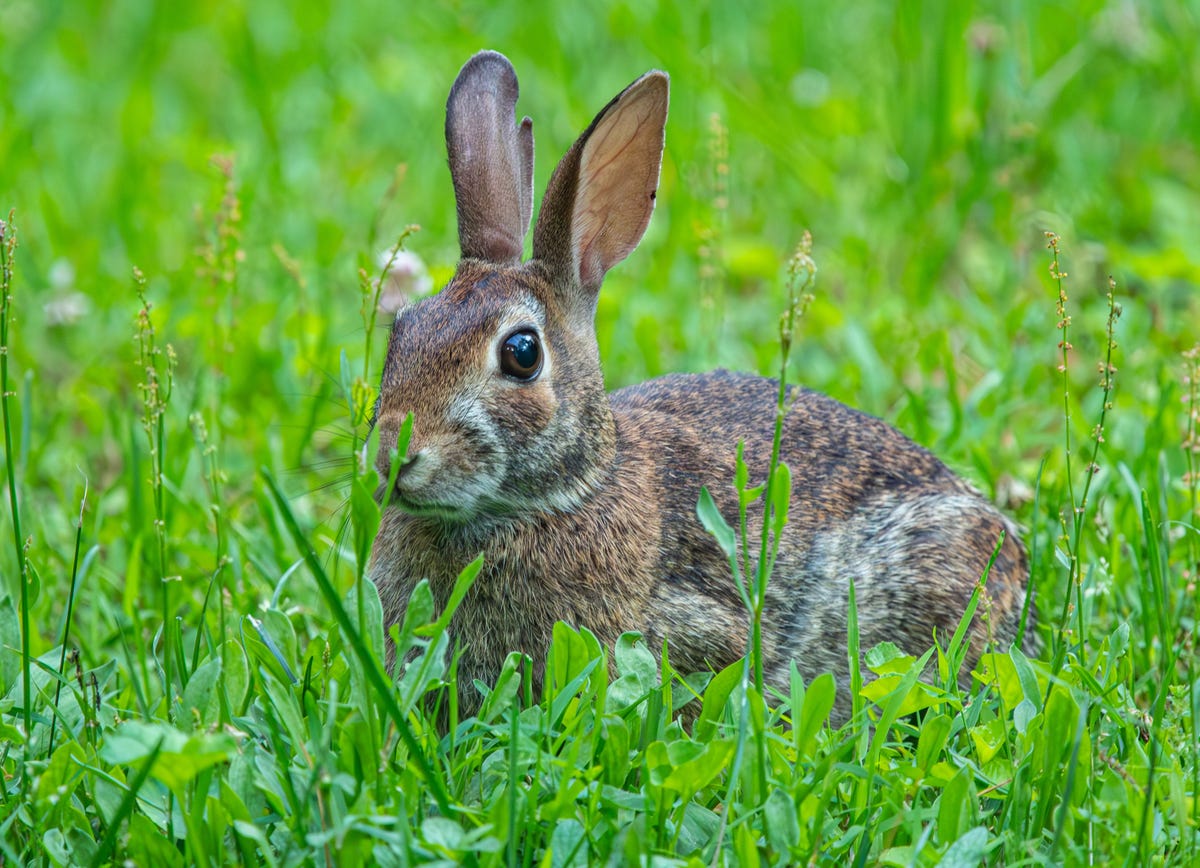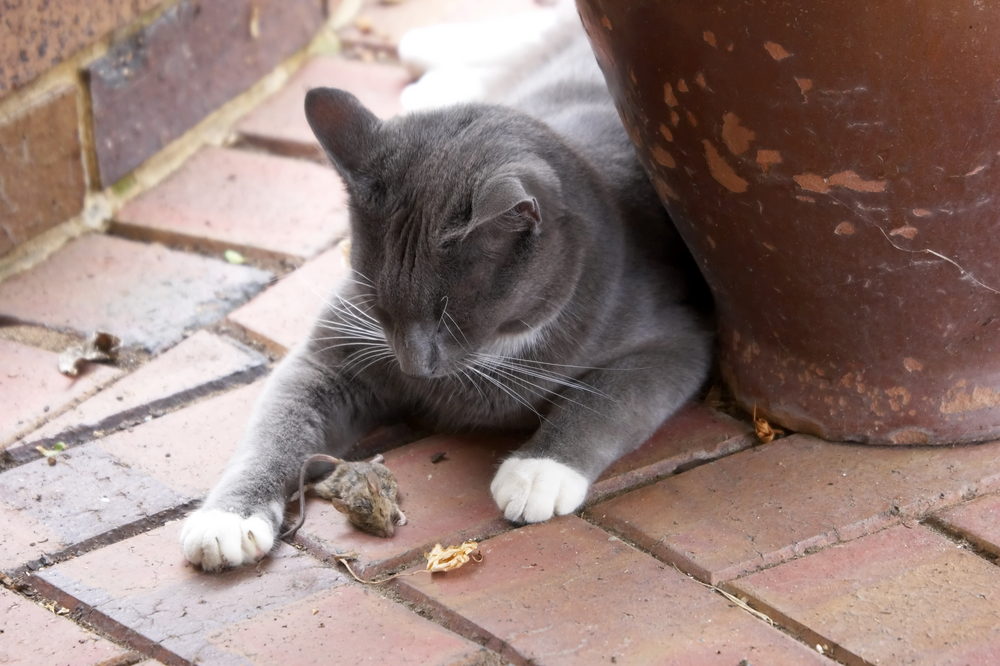Can House Cats Survive in the Wild?

House cats, domesticated over centuries, possess a unique blend of instincts, adaptive behaviors, and a certain level of self-sufficiency. Yet, when considering the transition from the comforts of a domestic environment to the challenges of the wild, the question arises: can house cats truly survive and thrive in the wild?
Domestication and Wilderness
Domestication has significantly shaped the behavior and physical attributes of house cats. Over millennia, cats have been selectively bred, altering their traits and behaviors to suit human companionship and home life.
The transition from their ancestral wildcat ancestors to the cozy, sheltered lives of modern domestic cats has led to notable changes in their morphology and behavior.
Morphological and Behavioral Changes
Research, such as that by Carlos Driscoll in “From Wild Animals to Domestic Pets, an Evolutionary View of Domestication“, demonstrates the morphological adaptations arising from domestication.
Changes in size, coat colors, and patterns have occurred through selective breeding, modifying the appearance of domestic cats. Additionally, behavioral traits have evolved, with emphasis placed on reduced aggression and more sociable characteristics to better adapt to life among humans.
Domestication has impacted the instinctual survival behaviors of house cats. Unlike their wild ancestors, domestic cats often rely on provided food and shelter, leading to a potential decrease in their independent survival skills. The transition from a natural environment to a domestic setting has influenced their adaptability to the challenges of the wilderness.
Reliance on Humans
One of the significant changes resulting from domestication is the reliance of house cats on humans for sustenance and protection. Living in a controlled environment with consistent access to food and shelter, they may lack the experience and necessity to fend for themselves in the wild.
The absence of natural predatory experiences and the consistent provision of food can diminish a house cat’s instincts for hunting and survival. While domestic cats retain their innate hunting skills, the lack of practice and exposure to wild prey limits their ability to sustain themselves in an uncontrolled outdoor environment.
Genetic Influences
Genetic alterations due to selective breeding have led to changes in the behaviors and characteristics of domestic cats. These genetic shifts, intended to promote a more docile and amicable temperament, might also limit the innate survival instincts necessary for thriving in the wild.
Selective breeding, aimed at creating docile and companionable pets, might have inadvertently reduced the cats’ natural survival instincts and essential skills needed for self-sufficiency in the wilderness. Behavioral changes instilled through domestication could hinder their adaptability to the challenges of the wild.
Hunting and Predatory Skills
Instinctual Prowess
Cats have a long history as hunters, dating back to their wild ancestors. Their predatory instincts, finely tuned over generations, equip them with a range of skills essential for hunting and survival. Feline hunting behavior involves a series of distinct steps, starting with stalking, followed by the chase and culminating in the capture and dispatch of prey.
The innate predatory skills of cats, stemming from their wild lineage, include their acute senses of sight, hearing, and smell. Cats possess exceptional night vision, aided by a higher number of rod cells in their retinas. This superior night vision makes them well-suited for low-light hunting, an advantage for hunting in the wild.
Hunting Techniques
A cat’s hunting techniques involve stealth, patience, and precision. Their ability to silently stalk prey is due to their muscular and flexible bodies. They can swiftly pounce and capture small animals with remarkable accuracy, employing their sharp claws and teeth to immobilize and kill their prey.
Research reveals that domestic cats retain these predatory behaviors, demonstrating remarkable proficiency in hunting activities, even when living in a domestic setting.
Adaptive Learning
In the wild, young cats learn these hunting skills through observation and practice, starting with playing hunting games with littermates and gradually progressing to capturing live prey. This learning process allows them to refine their hunting techniques and instincts, which are essential for their survival.
While domestic cats have limited exposure to wild prey due to the availability of prepared food in a home environment, their innate instincts remain intact. House cats often express their predatory skills through playful behavior, such as chasing toys or displaying stalking and pouncing movements.
Survival Challenges in the Wild
When contemplating the transition of house cats from the sheltered domestic environment to the unpredictable wilderness, several significant challenges arise that can impact their potential survival.
Predation and Competition
One of the key challenges a house cat faces in the wild is encountering unfamiliar predators. Domesticated cats might lack the experience and defensive mechanisms needed to evade or confront threats posed by larger, wild animals. This puts them at a disadvantage in unfamiliar territory, potentially making them susceptible to predation.
Moreover, competition for territory, food sources, and shelter can be intense. Established wild populations, including feral cats and other territorial animals, might not readily accept an outsider, leading to territorial disputes and challenges in securing adequate resources.
Access to Food and Foraging Skills
House cats, accustomed to receiving regular meals in a domestic setting, might lack the essential foraging skills and experience needed to procure food in the wild. This adjustment to hunting and finding sustenance from live prey can present a considerable challenge. Studies highlight the impact of feeding practices on the behavior and welfare of domestic cats, suggesting a reliance on provided food.
While cats possess inherent hunting abilities, the lack of exposure to natural prey can hinder their ability to capture and consume live animals effectively. This unfamiliarity could contribute to malnutrition and an inability to sustain themselves in the wild.
Environmental Conditions and Exposure
House cats are often sheltered from harsh environmental conditions in a domestic setting. The exposure to changing weather, temperature fluctuations, and harsh elements in the wild presents an additional challenge. Without the shelter and protection provided in a human home, they might face health risks and discomfort, impacting their overall well-being.
Behavioral Adaptations and Learned Skills
Domestication has resulted in behavioral changes in house cats that could affect their success in the wild. Studies highlight the influence of environmental enrichment and early experiences on cats’ behaviors. The lack of early exposure to the outdoor environment and natural predators might limit their ability to develop the necessary survival skills required for thriving in the wild.
The adaptability of house cats to the wild varies based on various factors. Feral populations in some regions exhibit greater success, demonstrating adaptability and survival in the wild. Yet, individual differences in learned behaviors, genetics, and previous exposure to outdoor environments greatly influence their potential for survival.
While a house cat’s instinctual behaviors and hunting skills might equip them to some extent for the wild, the lack of experience and dependency on human care could impede their survival prospects. Adaptability, learned behaviors, and environmental conditions play significant roles in determining a house cat’s potential success in the wild.










